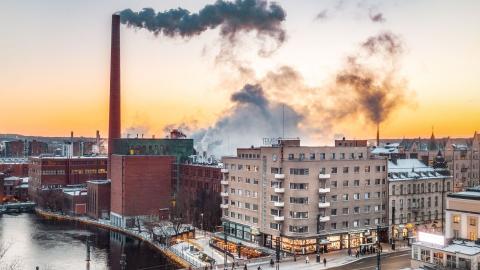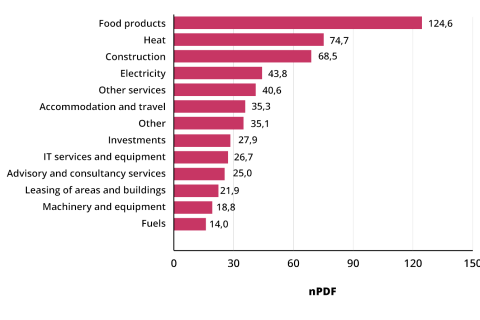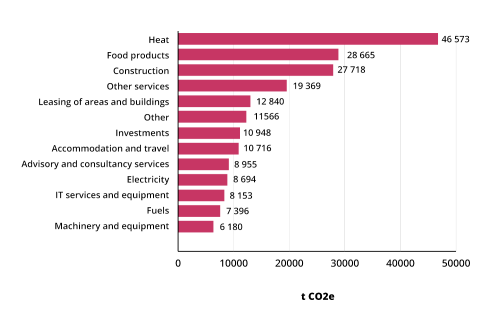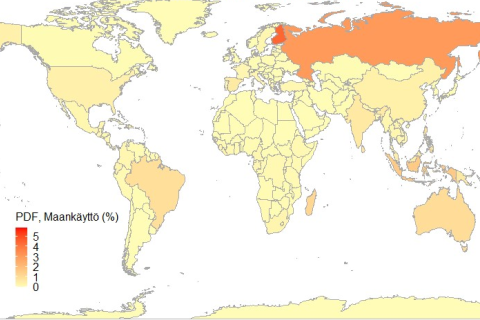The footprints have been calculated using a methodology developed by the University of Jyväskylä's Resource Wisdom community, JYU.Wisdom. The methodology uses scientific databases, the organisation's financial accounting and other consumption data to calculate the biodiversity footprint of organisations.
Tampere is the first city in Finland, if not worldwide, to calculate its own biodiversity footprint. The city and the university have worked together to develop a calculation method tailored to the city organisation, which can be used by other cities, too.
– Calculating an organisation's footprint allows for more strategic targets and measures to halt the biodiversity impact. What makes the methodology special is that it allows us to take into account the impact of an organisation's procurement and other consumption both within and outside the country. A joint project between the City of Tampere and the University of Jyväskylä has shown that it is possible to calculate the biodiversity footprint of a large urban organisation. The methodology for calculating the footprint will be published openly for use by all other pioneering organisations, says Janne Kotiaho, Director of JYU.Wisdom and Professor of Ecology.
Better choices reduce the harm
Biodiversity loss and ecosystem degradation are intertwined with climate change to create a huge global challenge. Meeting this challenge will require changes in consumption patterns and behaviour across all sectors of society. The key to improving performance is to manage and reduce impacts, which can be achieved by understanding where our biodiversity footprint comes from.
– Tampere wants to lead the way in protecting both the climate and biodiversity. In addition to protecting local nature, we need to identify the most significant impacts on biodiversity through our supply chains and actively seek ways to reduce them. In 2021, the city purchased more than €1 billion worth of goods and services. The city therefore has many opportunities to reduce harmful impacts through better choices. The city can do this, for example, by setting biodiversity and climate-related procurement criteria in its tenders, says Kari Kankaala, the city's Director of Environment and Development.
Food procurement have the largest biodiversity footprint
The largest share of the 2021 biodiversity footprint of the City of Tampere was caused by food procurement (22%), the second largest by heat consumption (13%) and the third largest by construction (12%). The largest share of the carbon footprint of the City of Tampere (22%) was caused by heat consumption. The use of peat for district heating in particular contributed to the negative impact of heating. Food accounted for 14% of the carbon footprint and construction for 13%.
Among food products, red meat had the largest biodiversity footprint (34%). Red meat includes products made from beef, pork and sheep. Dairy products (22%) and poultry (10%) had the next largest footprints. Red meat also accounted for the largest share of the carbon footprint of food (37%).
Although food had the largest biodiversity footprint, food procurement in euro accounted for only about 3% of total procurement. In particular, land use by meat products increases the food footprint. All meat products together accounted for more than 50% of the food biodiversity footprint.






